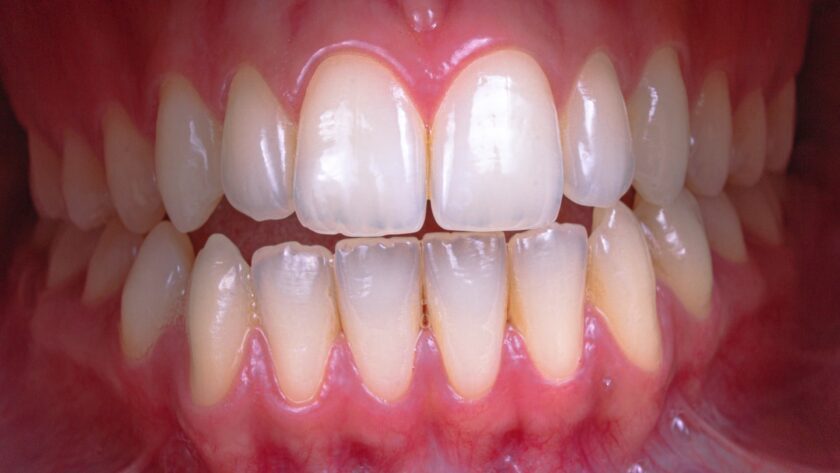If you have advanced gum disease, your dental professional may recommend more intensive treatment, including gum grafts. Understanding the benefits of this surgery can help you decide if it is right for you.
Reduced Risk of Tooth Decay
While many think of gum grafts as cosmetic treatments, they also help reduce the risk of future oral health issues. This is because soft tissue grafts can cover exposed root surfaces, which can reduce plaque accumulation and help prevent tooth decay. They can also help restore an even gum line and reduce tooth sensitivity.
To perform a connective tissue graft, a periodontist Austin will give you local anesthesia to numb the area. Then, they make an incision (cut) and create a flap on the roof of your mouth. They remove a strip of subepithelial tissue, the gums’ outer layer. They then relocate this tissue to the problem area of your gums and sew it into place.
They can use an allograft if they don’t have enough of your tissue to graft with. This is medically processed, donated human tissue that has been sterilized. This procedure has less recovery time and tends to heal slower than a subepithelial connective tissue graft, but it still provides great results.
Reduced Risk of Sensitivity
Several factors, including gum disease, trauma, aging, and aggressive brushing, can cause a recession. Regardless of the cause, it exposes sensitive nerves and tissues near the roots of teeth. This can make hot and cold temperatures uncomfortable and increase the risk of tooth decay.
A periodontist uses a connective tissue graft to repair and protect exposed root surfaces. Local anesthesia is used to numb the area, and then a piece of gum tissue is removed from beneath the surface of the palate or another donor site. The graft is then placed over the affected area and held in place by resorbable sutures or a biocompatible glue.
According to experts in connective tissue graft Pflugerville, the graft will gradually integrate with surrounding gum tissue over several weeks to months, improving coverage and stability. Patients should follow the doctor’s long-term care guidelines, including daily oral hygiene practices and regular professional cleanings, to preserve the integrity of their grafts.
Improved Aesthetics
When periodontal disease damages soft tissue, it can expose tooth roots. Gum grafts can cover these roots to prevent further damage and enhance your smile’s appearance.
Increased comfort: Exposed roots can be painful to chew on or brush against. Covering the roots decreases sensitivity and improves your ability to enjoy favorite foods.
Enhancement of your smile: Exposed roots create an unbalanced and unhealthy-looking gum line. A gum graft can cover the roots to reduce the uneven gum line, improving the overall aesthetics of your smile.
Two common types of gum grafts are free gingival and pedicle grafts. Free gingival grafts involve the periodontist pulling a strip of tissue directly from the roof of your mouth and stitching it to the area that requires coverage. Pedicle grafts require the periodontist to cut away a flap of tissue partially, then move tissue over and down or sideways to cover an exposed root. Both procedures have been shown to produce high levels of root coverage through histologic examinations.
Reduced Risk of Infection
During this treatment, we take tissue from under a flap in the roof of your mouth and move it to cover exposed tooth roots. It will reduce uncomfortable symptoms like sensitivity and shield the roots from plaque residues.
Unlike other gum-restoration treatments, this solution doesn’t require using foreign materials. Periodontists may apply platelet-rich growth factors to the graft site to encourage natural tissue healing and boost the speed of wound closure.
Your periodontist can perform soft tissue grafts with other gum-restoration treatments, including bone grafts, to give you the best possible results. Depending on the severity of your gum disease, this treatment may help you avoid more serious problems. Infection may develop at the surgical site in the short term, but your periodontist will prescribe antibiotics to control this risk.




